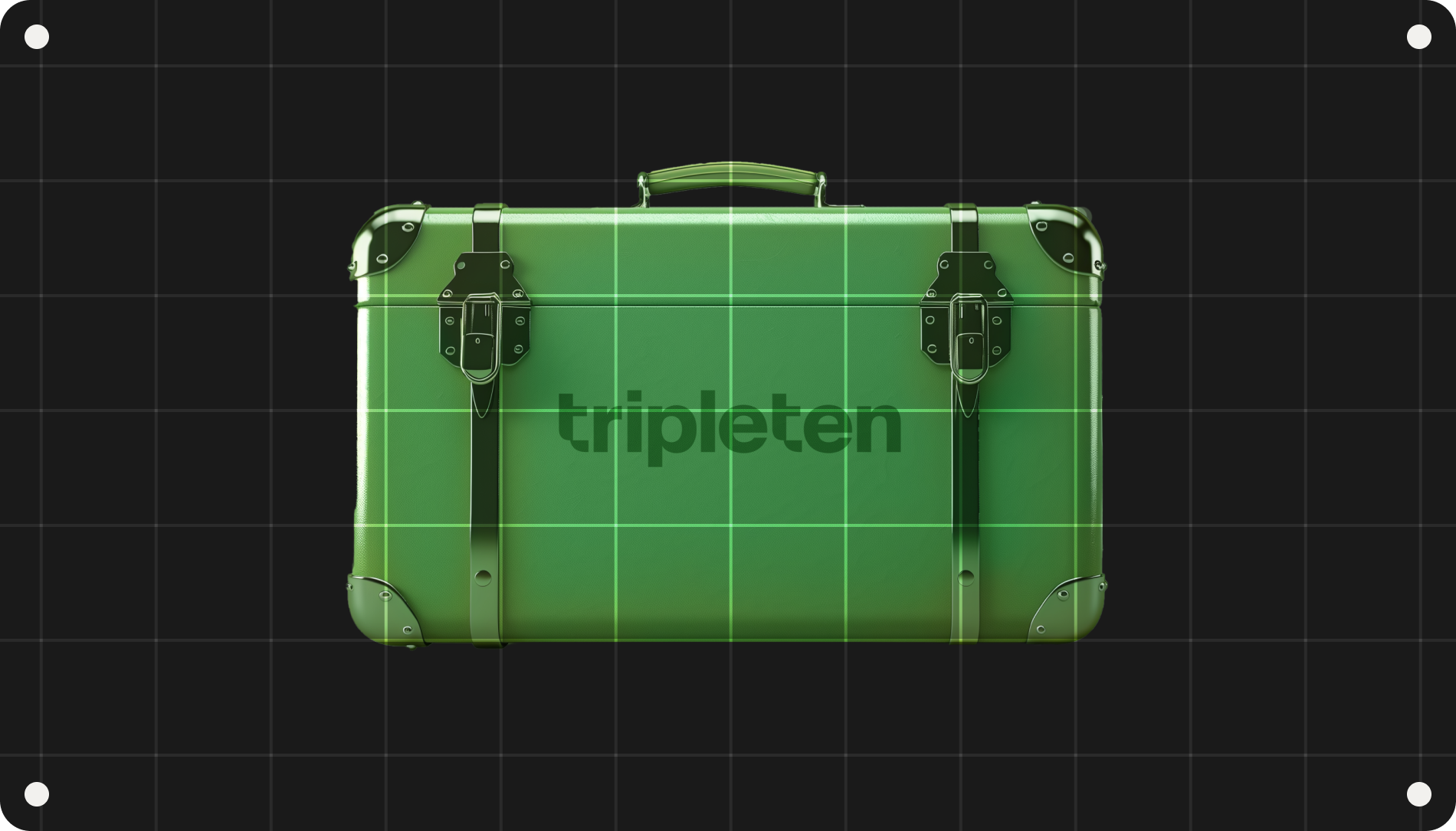Data analytics is a robust science of gathering, structuring, and analyzing raw data for informed decision-making. Accurate interpretation of data allows for the understanding of customer behavior, demand, and much more. Companies can describe, predict trends, and prescribe actions by looking into insights from existing data providers.
When studying data analytics, you’ll come across many tools of the trade! However, it can be confusing to know which ones are essential. That’s where we come in — our experts have handpicked the best data analytics tools you need to know in 2023. Getting familiar with them at the beginning of your data analyst career will give you a head start in the data world.
Why is it necessary to know data analytics tools?
As a data analyst, you will rely on automation and calculations in your daily work. There are a handful of ready solutions to ease tasks on structuring big data and discovering actionable data. Why is it important?
Before looking into the software and frameworks, let’s discuss what a data analytics tool is.
What is a data analytics tool?
A data analytics tool is a program that collects and analyzes data to understand tendencies, facts, numbers, and behavior. These same programs reveal data-driven business insights. A data analyst's job is to interpret and use this information.
No program executes all steps of data analysis in isolation. That’s why software and programming languages are combined to reinforce conclusion-making. For this same reason, programs can connect with one another using integrations.
Even so, experienced specialists can use a limited set of software. If you have ever used Google Analytics, you know how powerful this web analytics tool is. Setting your goals is the first step in choosing the best program to support you.
It’s essential to understand the stages of data analysis and the types of tools used.
Types of tools for data analytics
There are at least four stages for critical data analysis. Tools help run through all of them.
First, identify the business question and the data needed to answer it.
Second, collect it, either from in-house or remote sources. This step relies on programs responsible for the ETL process, which stands for extract, transform and load. These are called data extraction tools.
Once you extract data from many sources, you have to structure and load it into a database to become usable, or in other words, clean. This supports the third stage, which is to organize data and check that it’s not incomplete or erroneous.
Finally, your data is ready for analysis. With the help of various tools and techniques, you can discover patterns and find variations and correlations. Data analytics relies on data mining and visualization programs, also known as BI or Business Intelligence tools.
Top 8 data analytics tools
Let’s take a look at the most beneficial tools for data analytics! We prepared this rating according to Aaron Gallant’s, Data Science Curriculum Lead at TripleTen, advice.
8 - dbt
dbt, or data build tool, is an open-source engine for transforming raw data into a data warehouse. In other words, if you have unstructured data, dbt organizes it into a SQL database in a transformation workflow.
dbt replaces a department of developers to create and test data models, deploying them to your data analytics workspace through a GitHub integration. The strength of this software is the possibility of reusing repeatable code via so-called macros.
You can program your business logic into macros once and then compile it. dbt also allows using a combination of SQL and Python formats in case you need both for your project.
7 - Cloud Platforms
Although many cloud platforms vary in functionality and price, we will look at the most powerful ones as a group. Amazon’s AWS, Google Cloud, and Microsoft Azure support data analytics in many ways. They provide data storage solutions and data processing queries for large capacities. Cloud platforms are perfect for projects that need real-time data analysis, like fraud departments of banks.
These cloud platforms also have native data analytics tools: AWS Services for Data Analytics, including Amazon Redshift, Google Cloud Smart Analytics, and Azure Synapse Analytics. Their purpose is extensive, from data lakes and warehouses to datastreams and deep learning platforms. Getting familiar with them can take time. But all operators offer certification exams with free preparation resources!
6 - Snowflake
Snowflake is a data platform and warehouse with an SQL database structure in the core. It offers high speeds and capacities for data storage, processing, and analysis. The significant difference between Snowflake and other cloud platforms is that it’s designed to handle big data. It is user-orientated, meaning you can do most of the tasks without the help of a cloud engineer. For instance, you can connect to the SQL database through a web panel instead of a command line. This solution is best for entities with demands of capacities, security, and recovery insurance that would be highly resourceful to create onsite. Grocery delivery services like Instacart and Deliveroo, digital advertising platforms like Postclick, and others use Snowflake.
5 - Databricks
Databricks is a lakehouse comprised of a data warehouse and data lakes. The advantage of Databricks is the automation of data ingestion and the ability to process semi-structured and unstructured data. It is a user-friendly tool using Apache Spark, a popular open-source data science engine. This makes Databricks customizable and great to use. The lakehouse also includes AI solutions and supports Machine Learning so that data analysts can use the tool to solve a variety of problems. Companies like Shell, Walgreens, AT&T, Grab, Sega, and many more are known to use Databricks for data management.
4 - Python + Libraries
Python is one of the world’s most popular programming languages. It’s an essential tool for advanced data analytics known for its intuitive syntax and universality. Unlike R, which is used for data calculations, Python involves many use cases. They include web development and gaming, machine learning, and IoT. Learning Python gives you a flexible path, as you always have more opportunities to progress. It’s easy to start Python, as there is extensive documentation, a vast community of supporters, and numerous libraries to learn and use. For data analytics, make sure you master Numpy and Scipy for scientific computing, Scikit-Learn for data mining and machine learning, and Pandas for data manipulation and analysis.
3 - Microsoft Excel and Google Sheets
Microsoft Excel has been part of data analytics since the birth of this science. No wonder this essential tool still offers built-in solutions for processing data called “Analyze data.” It’s a function for finding correlations in clean, tabular data. The tool's abilities include analytics in ranking, trends, outliers, and majorities shown in visuals and graphs. But it’s not just the integrated tool you will use daily as a data analyst. You'll be astonished at how powerful Excel, or its cloud analog Google Sheets, can be in data analytics without learning to code. Because the Excel format is frequently utilized for export and connections with business intelligence tools, this program stands out in data preparation.
2 - Microsoft Power BI
Microsoft Power BI is one of the major business intelligence and reporting tools. Its purpose is to turn datasets into engaging visuals and dashboards and support advanced data analytics reporting. It’s a free data analytics tool and downloadable app in the Office package. It allows all-stage data processing from ETL (executed by Power Query) to interpretation through multi-feature services. To retrieve data, it connects to multiple sources, including databases, data warehouses, and online services like Google Analytics.
What are the benefits of Power BI? First, this service will help you cooperate with end-user departments, for instance, marketing or sales. Customer churn, sentiment analysis, or market trends can be observed through Power BI's lens, making predictions visually. Using Power BI is helpful and fun, as the dashboards help generate valuable business insights!
1 - Tableau
Tableau is a software for data preparation and visualization. It’s a product suite: the data will get cleaned and shaped in Tableau Prep and imported to Tableau Desktop for visual analysis. There are a couple of things about Tableau that you will like the most. It is easy to use and does not involve programming skills. It offers a free student license. It has an open-source version called Public. And it is accessed through desktop, cloud, and mobile versions, giving you the freedom to work on the go. Still, you can incorporate Python and R code if you need complexity. As a data analyst, you should be aware of Tableau’s limitations. They are related to scheduling and fetching parameter updates for dynamic data.
How to choose a data analytics tool
As a data analyst, you will use many tools to support your work. Specialists must know how to import databases, build formulas and create graphs even before their careers start.
Although you will get the most out of the programs by working with real data, don’t postpone learning the top software for data analytics. Pay the most attention to programming languages and have at least some evident experience with databases and BI tools. By looking into different programs, you will be able to find the ones that are most convenient for you!
Join our top-rated bootcamp today to start an exciting career in tech.
.png)







.png)








